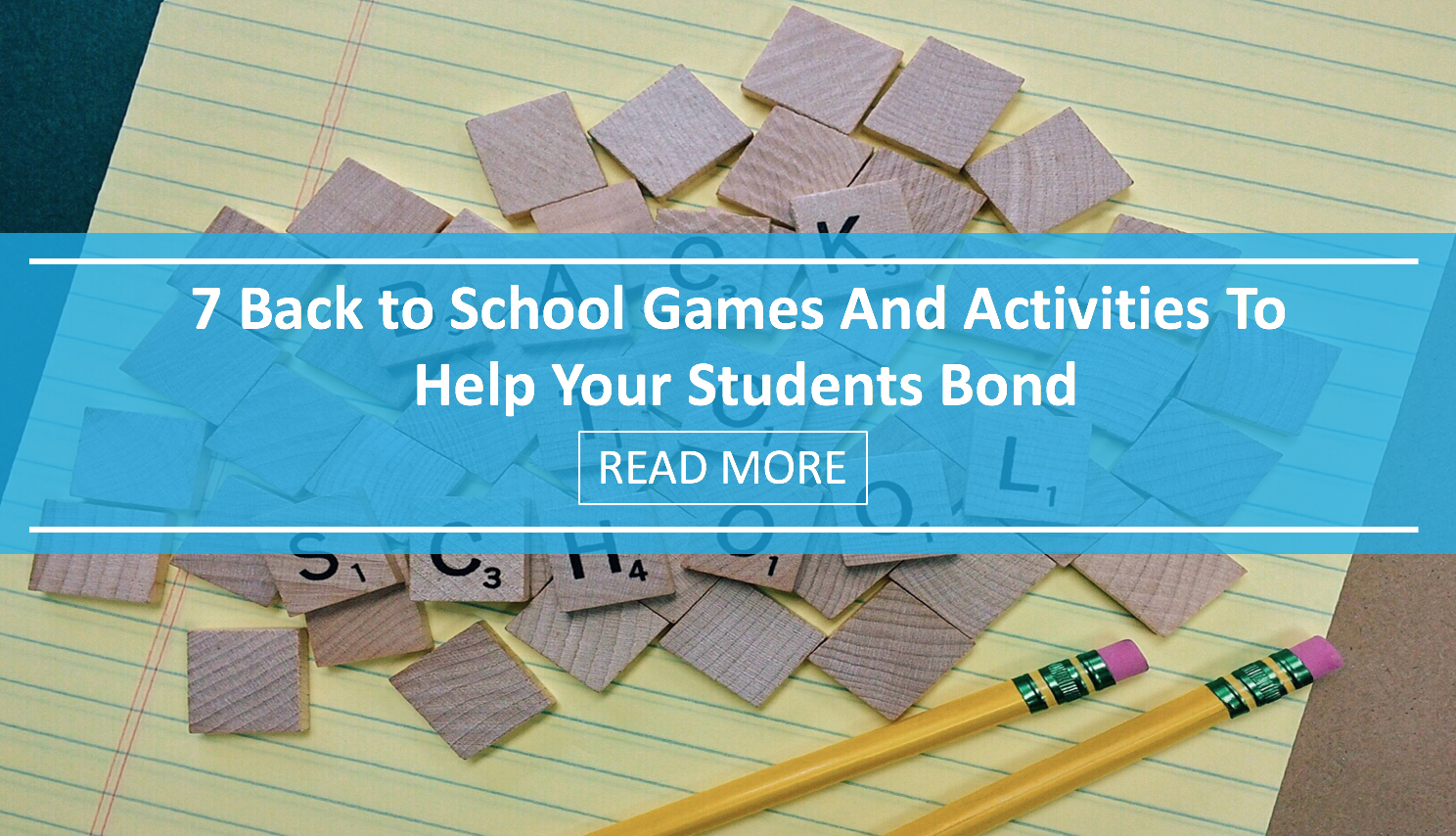7 Back to School Games And Activities To Help Your Students Bond

We’ve all seen "America’s got Talent," "Britain’s got Talent,” or one of the many talent shows that appear on television or have viral clips on YouTube these days. But have you ever stopped to think that talent shows could play a role in the ESL classroom? This multi-skilled lesson uses the format of popular TV talent shows and YouTube to help your students learn.
This lesson is aimed at intermediate level students, but you could easily adapt it for more advanced learners. With advanced learners, you would expect more complex answers and discussions to develop from the material. The videos can be quite difficult to understand. They are examples of natural English and sometimes contain slang, but this shouldn’t stop your students from enjoying them and finding them useful.
Pre-teach the following vocabulary words before you start: judges, audition, perform (v) performer (n), entertain, backstory.
Then, dictate these questions to your students or display them on your board.
Have students ask and answer the questions in pairs. Then, elicit some of their ideas as a class. Some students will really enjoy talent shows and others will bitterly hate them. Allow them some time to share their views.
You’ll need a copy of the worksheets for this part of the activity. Click here to download the Britain’s Got Talent worksheets.
Be sure to make enough copies of the reading section. Then have students spend a few minutes reading through and answering the questions before they share their ideas with their partners. Elicit the answers from students as a class.
Search on YouTube for the clip of Susan Boyle’s famous audition on Britain’s Got Talent and play it for the class. Pause the video just before she starts singing and ask students to comment on what they think she will be like. Then, play the rest of the clip. Hopefully students will be shocked at how well she sings. Listen to the comments from the judges as well – this is the language that you are modelling.
Now pass out the Giving Feedback worksheet and get students to fill in the gaps in pairs before you ask for answers from the whole class. These examples of good and bad feedback will give students useful expressions to use in the next section of the lesson. Ask students to suggest some more ways to give feedback such as:
You might also want to explain that in some English-speaking countries, like England and America, giving negative feedback can be seen as rude, even if it’s true. Positive and constructive criticism work much better and keep people from being offended.
Put students into pairs or groups and explain that they are going to watch some talent videos and then give feedback, just like the judges do on the talent shows.
If you have teenagers or children, you want to put on your own "We’ve got Talent" show. Give students time to work on some sort of performance, this could be a song, a simple dialogue they’ve made up, a sketch (they could copy one from YouTube) or a magic trick. Try to focus on "talents" that also require students to practice their English speaking skills. Explain to students that their performance must be no more than five minutes long. Provide plenty of time for preparation and make sure you watch students before they do they give their actual performances. This will allow you to encourage them and make sure they are on the right track. You can also make sure their performances are appropriate for the classroom.
Before students actually perform, make sure you have three judges. These could be other students but it’s especially nice if you use someone like your principal or manager to join in. This might be a great opportunity for your institution to take photos or record video to show off the different activities that you do and the fun that students have. Make sure performances keep to their five-minute time limit (but be a bit flexible) and get judges to award each act a score out of ten, as well as provide some feedback. At the end of all the performances, total up the scores and name the winner.
Whether you put on your own talent show or just stick to the lesson, encourage your students to continue watching talent show videos on YouTube. These videos offer a great way for students to have fun while building their English language skills.